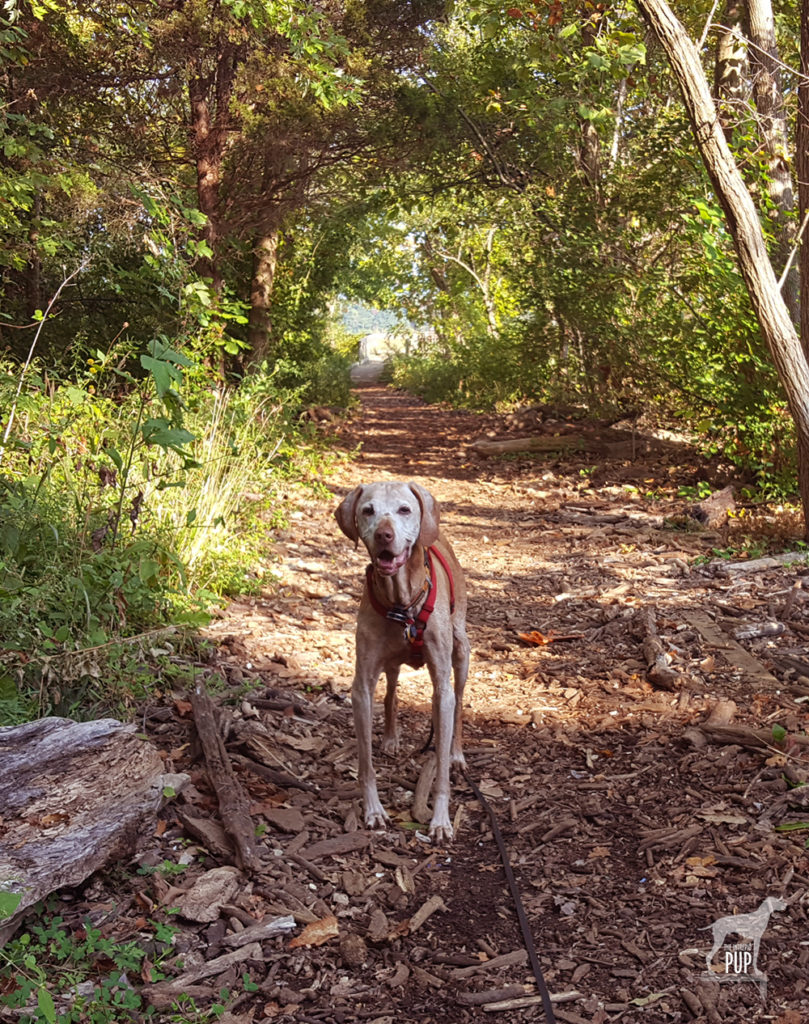
Friends, the moment we knew would inevitably arrive has happened. Friday evening with our beloved vizsla Tavish was our last.
What many of you may not have known was that in March, Tavish received a serious diagnosis. In putting him first—and considering with our veterinary team his quality of life and all possible options and outcomes—we concluded that his medical issues were unfortunately beyond the power to fix.
So, we concentrated on sustaining Tavish’s best life. The commitment to take each day as it came and to make the most of each one, made all the difference in how Tavish (and we) approached the past nine months, surpassing all prognoses. Together we created many more happy memories, logging countless additional miles on hikes and visiting eight more National Park sites—his enthusiasm transmitted up the leash.
This week his body ultimately betrayed him, but his sweet personality never wavered…not once. It was a final blessing that his end came swiftly and peacefully—within a matter of hours—and that we were at his side for mutual comfort.
Tavish was a 14½-year gift who changed our lives in ways we never could have predicted. He effortlessly collected friends and unique experiences, and we’re grateful to have shared in them. Tavish visited more than 500 historical attractions, natural wonders, and cultural events in 19 U.S. states, the nation’s capital, and in Canada. He touched 400+ lives as an AKC-certified therapy dog making over 230 visits, mostly with children and the elderly. He’s won awards and been featured on Hungarian television, in a Voice of America broadcast, in a book about dog travel, in the Washington Post, and in Northern Virginia Magazine.
Everywhere we look there’s evidence of his impact and influence on our family. And that makes his loss (and our grief) all the more profound. But it’s also a powerful legacy. For those of you who have followed our Intrepid Pup via our website and social media, we’ll see what happens…. In the meantime, draw your loved ones closer. And if Tavish’s path has intersected with yours, please share memories with us as we try to find solace that he is now smiling on a trail free of discomfort, sorrow, and partings.
The coming days will be hard. Already we have opened the car door expecting our co-pilot to bound out. Pulled into the driveway, listening for a welcoming bark. Thought of a place we wanted to take him. Sat down on the couch and automatically left a spot for our friend to join. Reached out for the confidante who isn’t there. And, in the too-quiet, anticipated the clicking of Tavish’s nails on the floor signaling the Intrepid Pup’s trademark entreaty, “Come! Adventures await.”
Farewell, pup. Thank you for everything.
(June 6, 2005 – December 20, 2019)

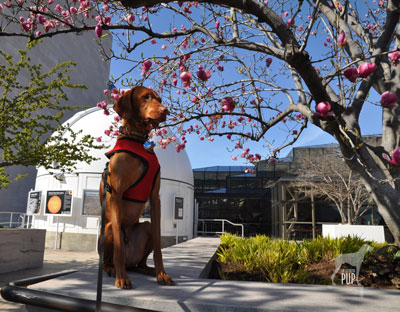 With all the recent talk of feisty solar flares amping up the activity of the Northern Lights and having the potential to wreak a little havoc with power grids and GPS devices here on Earth, the Intrepid Pup turns his attentions to the firmament. And what better place to whet one’s celestial appetite than the
With all the recent talk of feisty solar flares amping up the activity of the Northern Lights and having the potential to wreak a little havoc with power grids and GPS devices here on Earth, the Intrepid Pup turns his attentions to the firmament. And what better place to whet one’s celestial appetite than the 
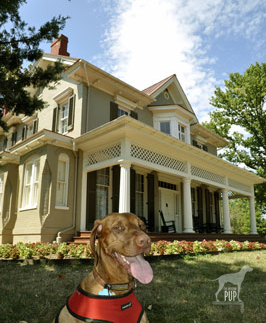 February is
February is 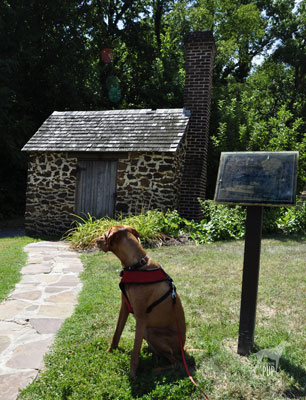 On the day of our visit, we had an exceptionally knowledgeable and engaging young ranger. He deftly hit the highlights of Douglass’s public life but also gave insights into Douglass’s more personal side, pointing out Douglass’s extensive library, the violin he played, and the free weights he used to maintain his personal fitness. Referencing the various portraits throughout the house, the park ranger expounded upon Douglass’s social circle and relationships with abolitionists William Lloyd Garrison and John Brown; Presidents Lincoln, Grant, Hayes and Harrison; Underground Railroad champion Harriet Tubman; and abolitionist and suffragist Elizabeth Cady Stanton. He explained the importance of Douglass’s family life and—after wife Anne’s death in 1882—controversial second marriage in 1884 to Helen Pitts, a white woman and women’s rights activist and publisher. And we learned-lesser known details, such as Douglass’s appointments as Charge’ d’Affaires for Santo Domingo and as Minister to Haiti. Before departing, we checked out the rustic outbuilding at the rear of the property. It’s a reconstruction of Douglass’ self-proclaimed “Growlery.” Evocative of a lion’s lair, it served as Douglass’ personal retreat for writing and study.
On the day of our visit, we had an exceptionally knowledgeable and engaging young ranger. He deftly hit the highlights of Douglass’s public life but also gave insights into Douglass’s more personal side, pointing out Douglass’s extensive library, the violin he played, and the free weights he used to maintain his personal fitness. Referencing the various portraits throughout the house, the park ranger expounded upon Douglass’s social circle and relationships with abolitionists William Lloyd Garrison and John Brown; Presidents Lincoln, Grant, Hayes and Harrison; Underground Railroad champion Harriet Tubman; and abolitionist and suffragist Elizabeth Cady Stanton. He explained the importance of Douglass’s family life and—after wife Anne’s death in 1882—controversial second marriage in 1884 to Helen Pitts, a white woman and women’s rights activist and publisher. And we learned-lesser known details, such as Douglass’s appointments as Charge’ d’Affaires for Santo Domingo and as Minister to Haiti. Before departing, we checked out the rustic outbuilding at the rear of the property. It’s a reconstruction of Douglass’ self-proclaimed “Growlery.” Evocative of a lion’s lair, it served as Douglass’ personal retreat for writing and study.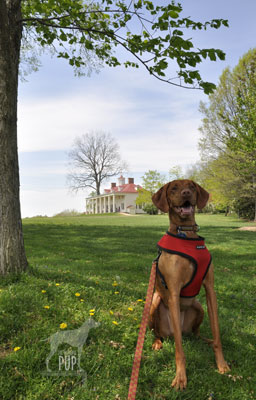 “First in war, first in peace and first in the hearts of his countrymen….”
“First in war, first in peace and first in the hearts of his countrymen….”










